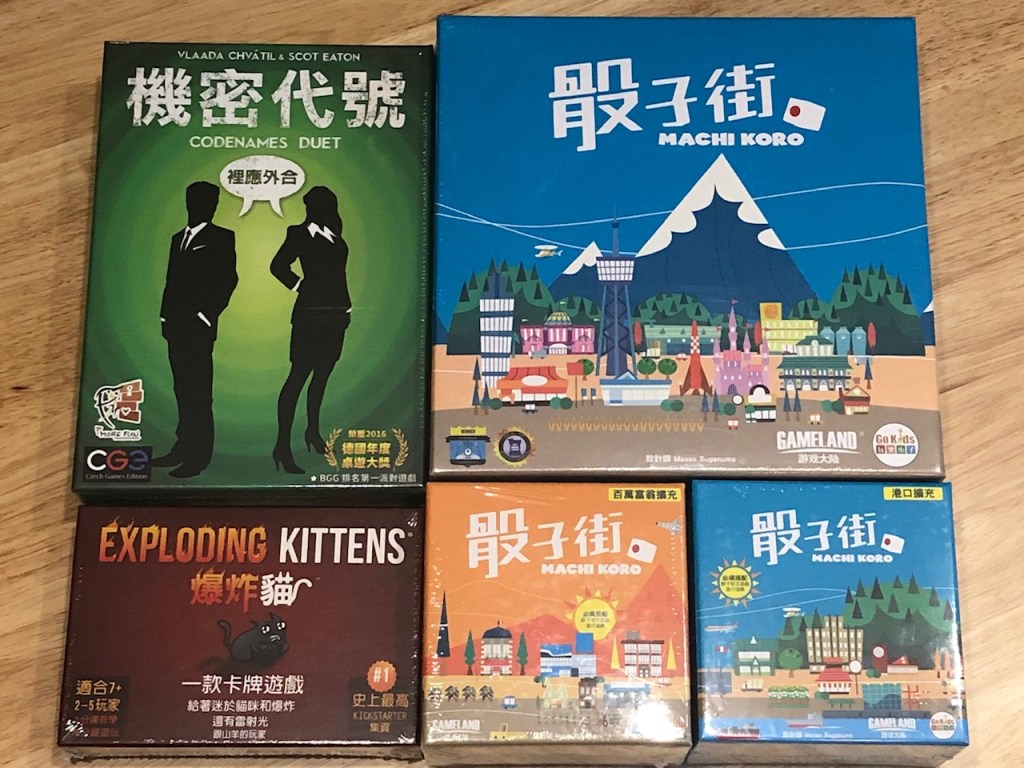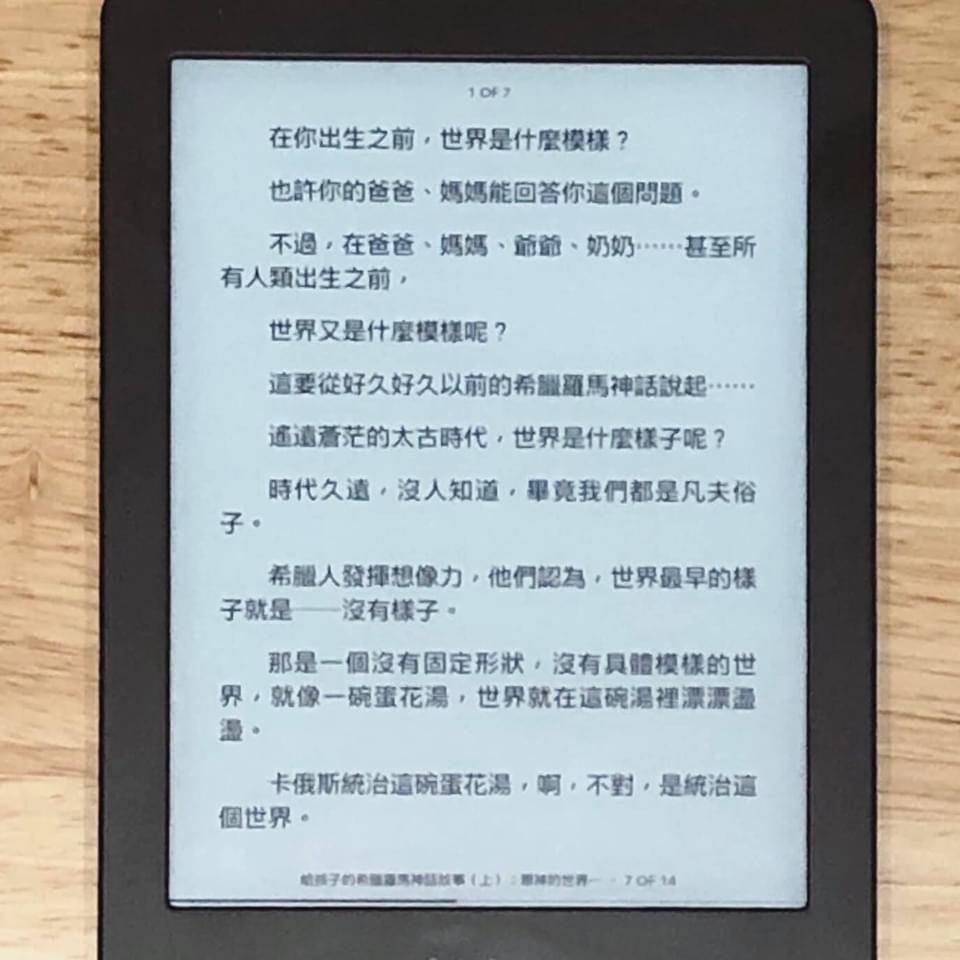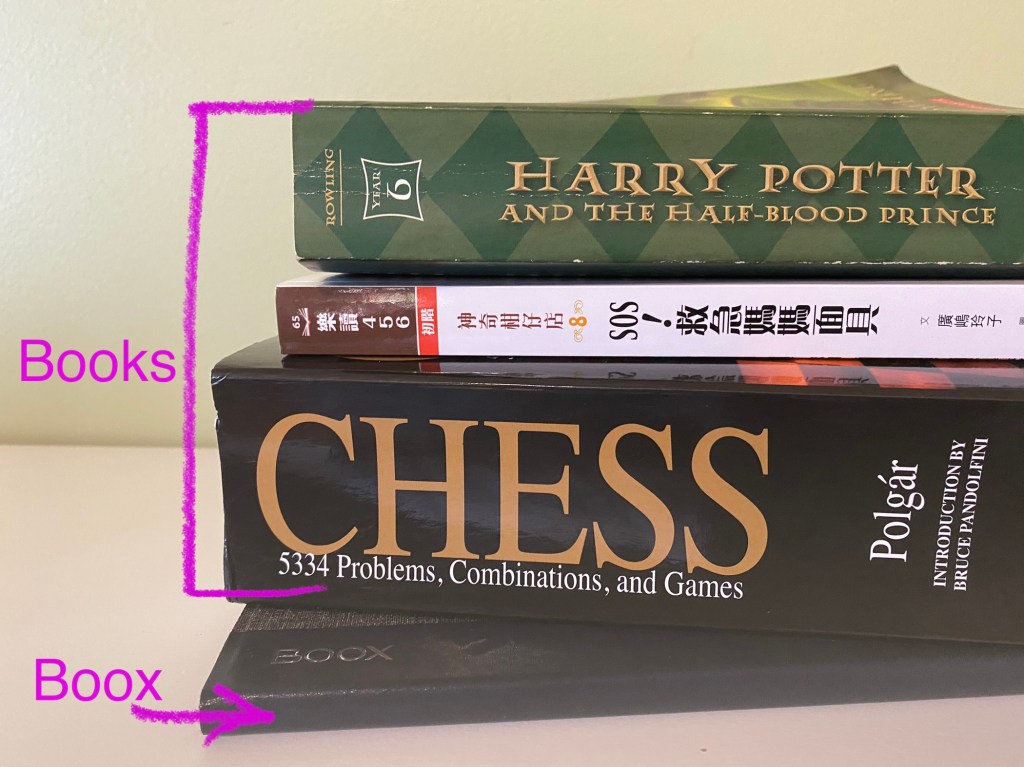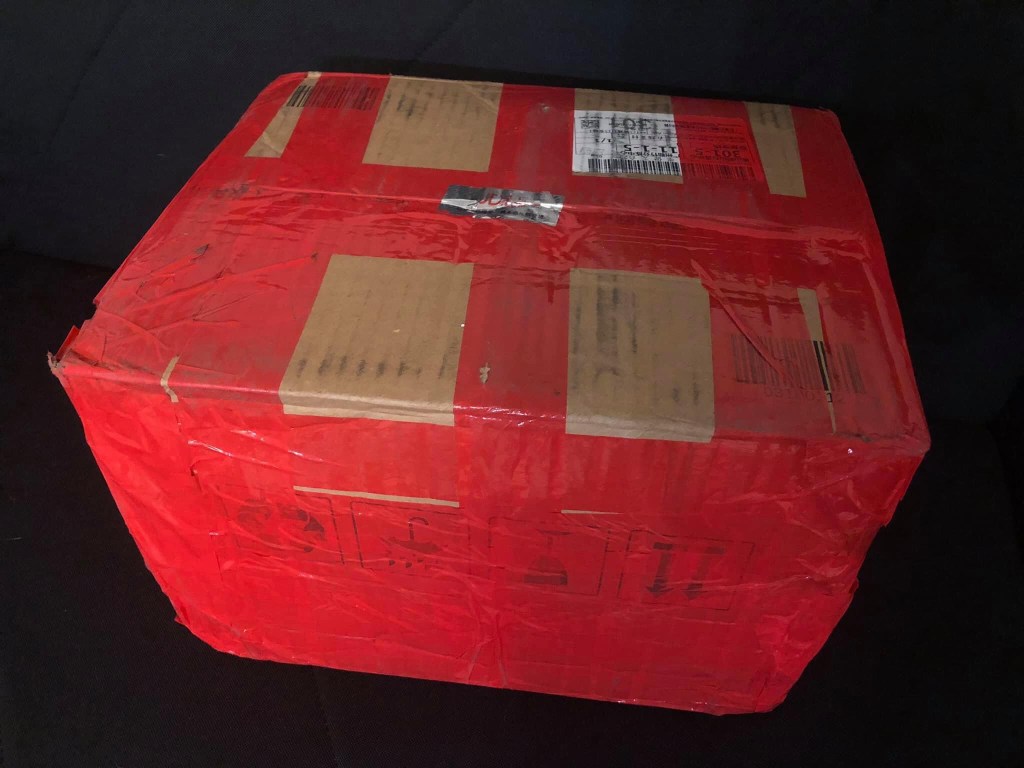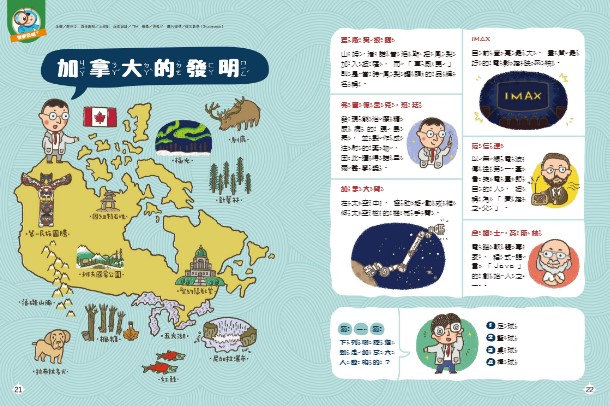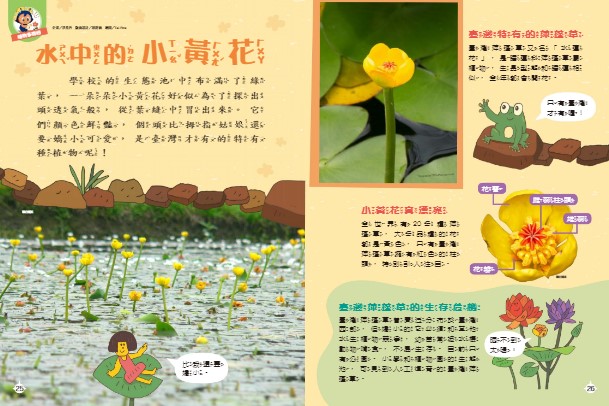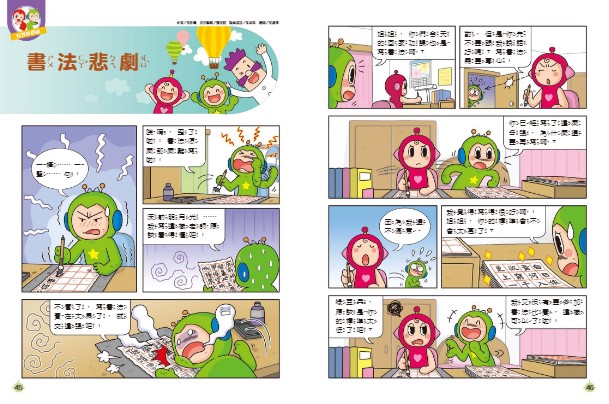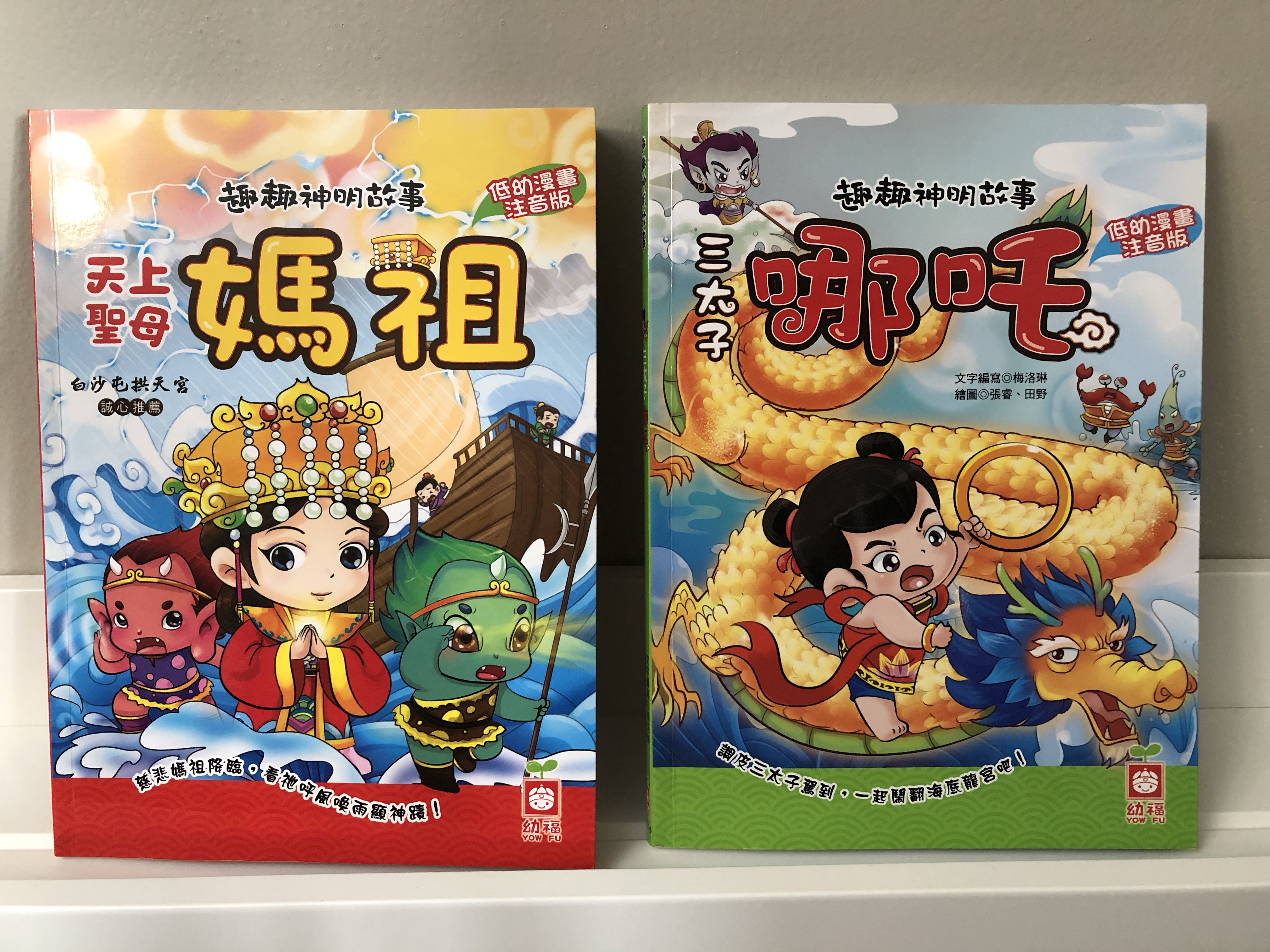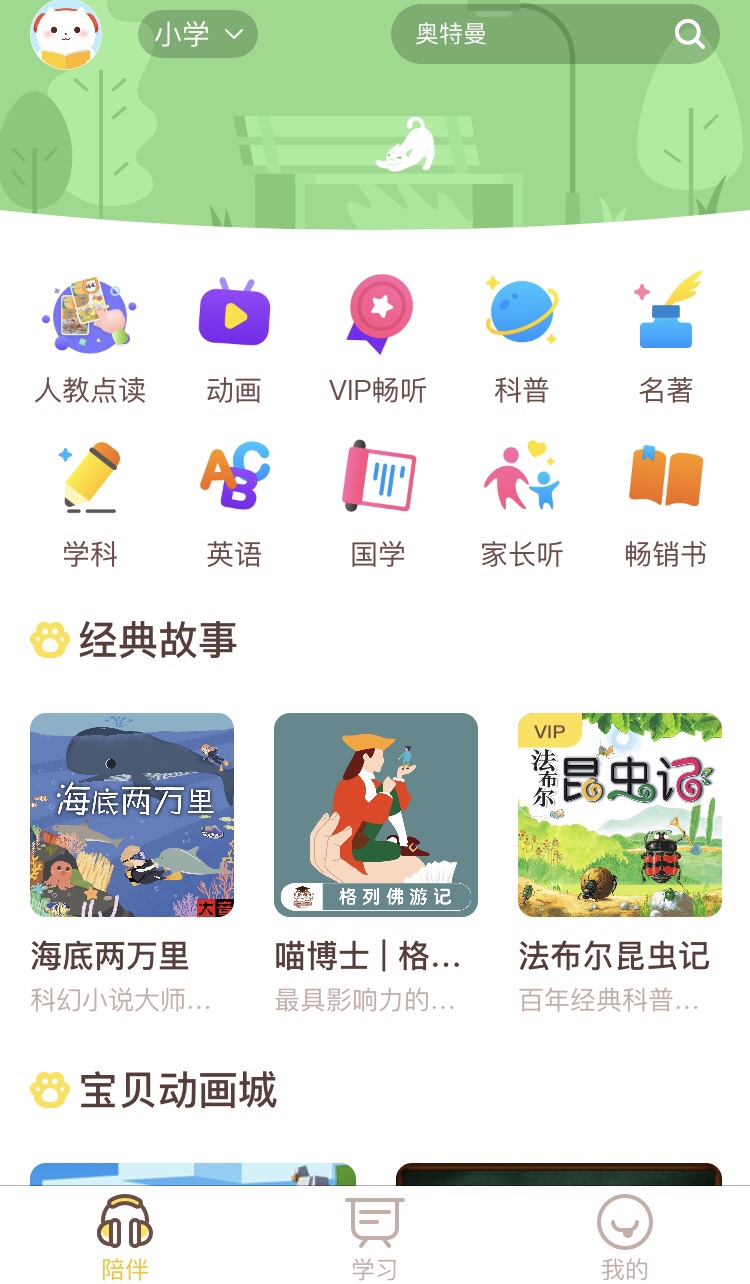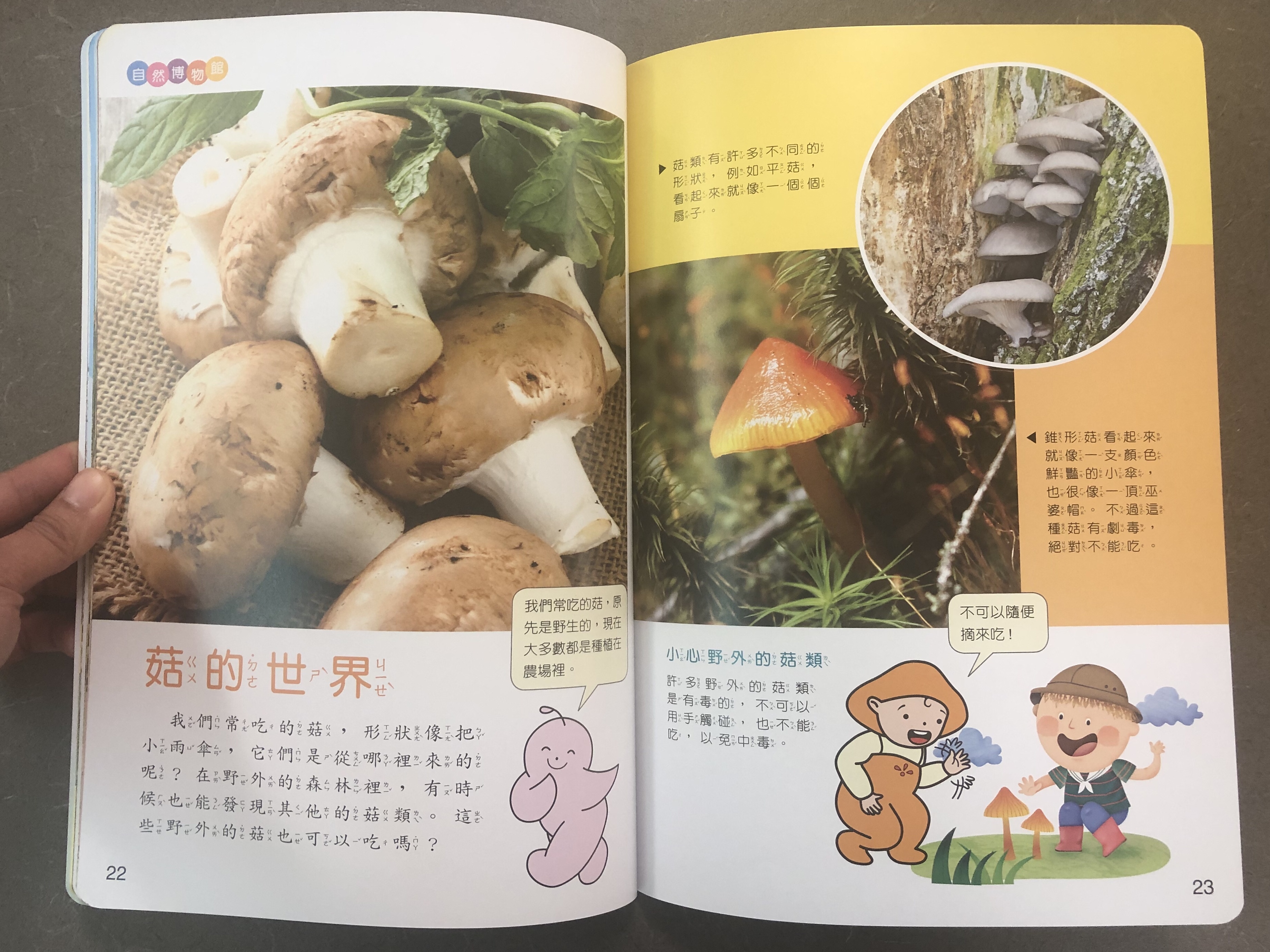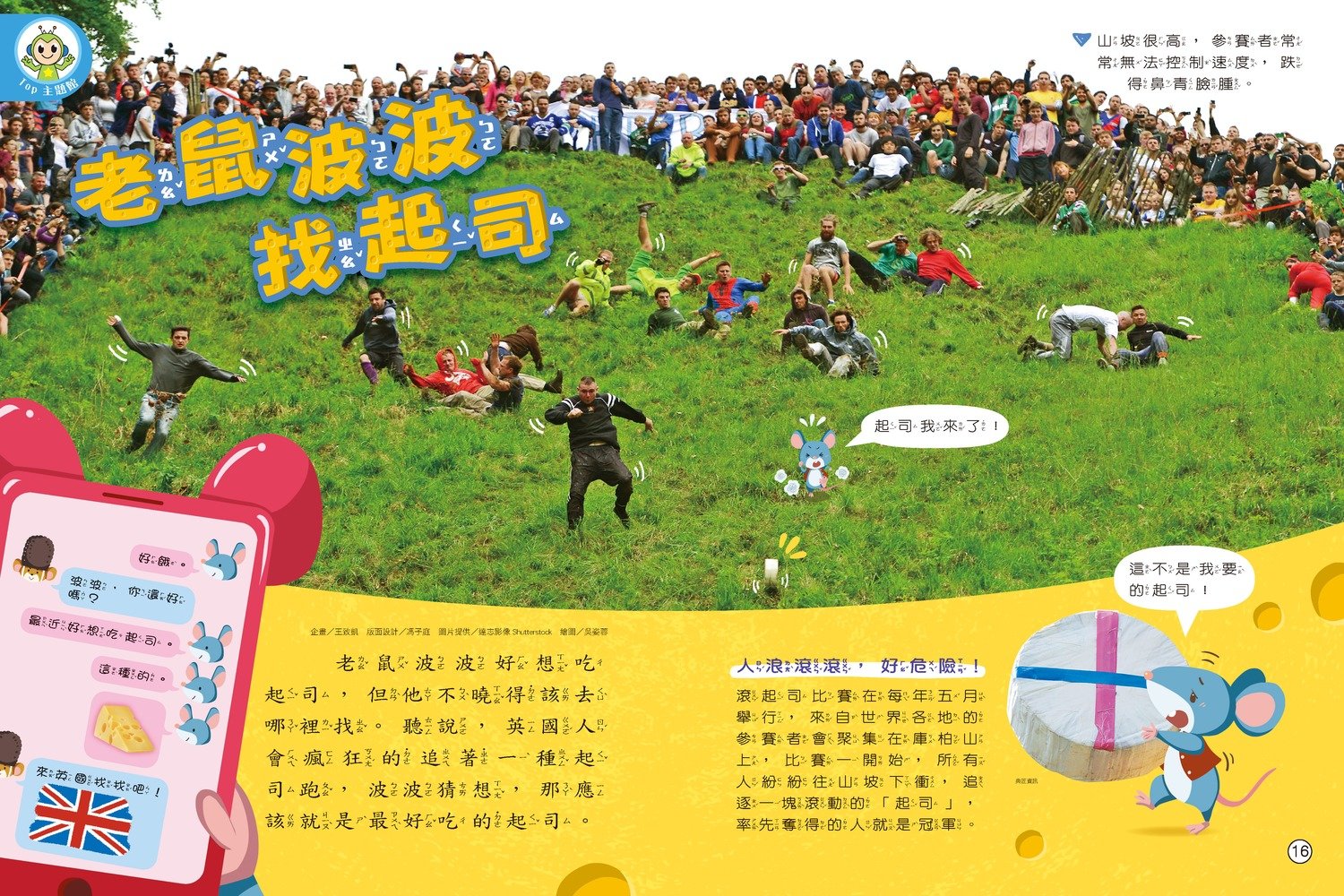We are approaching the last few days of 2021! WHAT!! Two things I’m pretty proud of this year are 1) Organizing a chess team at my son’s school and 2) Finding an instructor to start a Rubik’s club. I have never done anything like that before so it was a trial and error process. I will share with you what did work and what didn’t.
Why Start an Enrichment Club?
For me, my motivation is led by my son’s interests. For almost all parents that I’ve talked to, this is their main reason for volunteering to organize/coach/etc. Hey, my kid loves chess –> my kid’s school does not have a chess club –> here I am donating chess sets and running the club myself.
In my son’s case, his school already had an existing chess club BUT he was the only one in his grade who played in tournaments. My job was a little easier in that I did not have to start it up from scratch (kudos to the parent who started it five years ago). What I set out to do was to recruit several chess players to form a team so they could compete in team events.
It goes without saying that it is not very fun for a child to do anything by him or herself. Not only is it 100x more fun with friends, but also as the Chinese saying goes, 有競爭才有進步 i.e. you only improve when there is competition. Finally, like I said, you need a certain number of kids from the same grade and the same school (or homeschool) to compete as a team. For chess, we need 3 players in the same grade to form a team, and I decided it would be wise to try to recruit at least 6 players due to needing subs and possible attrition over the years.
I will just say it straight out that if you want something done, you need to do it yourself. If you’re hoping that someone else will do it, IT WILL NEVER HAPPEN.
Ineffective Methods
Ok here are the things I have tried that had negligible effect, aka. waste of my time.
- Email the PTA president to ask her to start a _____ club. I got an email back saying she would bring it up to the principal and I never heard anything back again ever. Like I said, if you want something done, you have to do it yourself. This is purely my conjecture but I think that the PTA is essentially going to promote activities that their own kids like.
Moderately Effective Methods
- Post in school newsletter. Thankfully the principal is very supportive. I send an email to the principal with a promo pic that I make using Canva (examples below) and she posts it onto the school FB page and e-newsletter.
- Post it in parent FB group. I’ve had a handful of interested parents from doing this. Every little bit helps.
- Promote successes. Usually schools like to share their success stories. So send a few nice photos and caption to your school/district social media. This was quite helpful as it brought it to the attention of a school board member and the district gifted/talented coordinator. My son’s principal announced their win over the PA system so hopefully it further increased awareness of the club.
- Mailing list to interested parents. I send out monthly email to a group of ~8 parents who said they were interested and invite them to invite their friends.
- Send direct emails to principal, school board member, local city recreation clubs, and apply for online grants. Not sure yet about the success of this.. may take a few months (years) to see any measurable effect. Cross my fingers.
- I’d like to try sending home paper flyers or putting flyers on the wall around school. I have not done this yet because I haven’t figured out how.
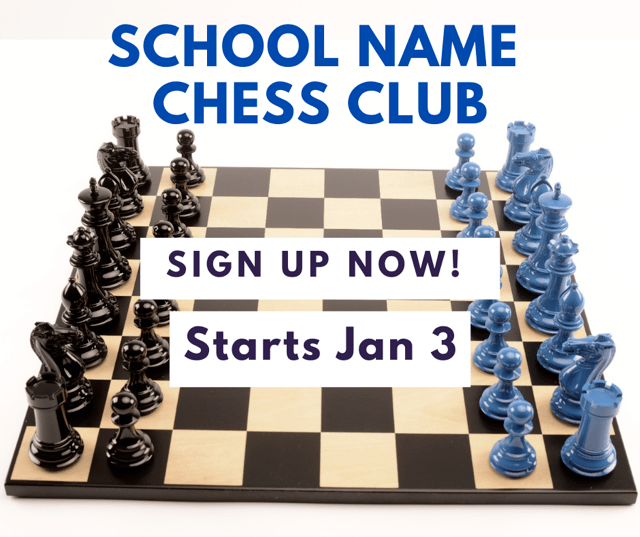
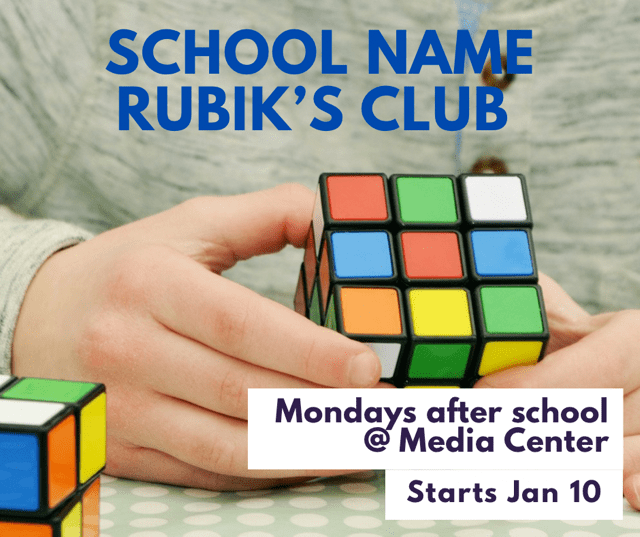

Most Effective Method
- I asked a local dad who ran an extremely successful 100+ kids chess club how he did it. He said the best way is word of mouth so I ask my son to promote chess to his friends and tell them how fun it is LOL. I think this worked well because before a tournament all his friends were talking about it and other kids overheard and wanted to join too.
- Targeted recruitment! My son’s third grade teacher has six chess sets in class and lets the kids play chess whenever they are done with work so I often ask my son who seems interested in chess. Based on the friends names he gives me, I text their parents to ask if they are interested. I have almost 100% success with this method! I find it really interesting that when I send a mass email I get no response, but when I send a 1-1 text message to the same parent, they are like YES! ABSOLUTELY! I’M IN!!!
This is all a work in progress. I am trying to think long term about this and not expect instantaneous success. I hope to build up a strong chess team so that the kids can continue to keep playing together throughout elementary school and into middle and high school. I would also like to secure more funding for low-income students and increase the diversity of the club. So far it’s been really encouraging and rewarding to see the big smiles, social connection and growth.
Looking into next year, I still have LOTS of work to do to recruit more kids and develop their interest and skills. Also on the agenda is forming a downhill skiing group. And next next on the agenda I would also love to have a math team at his school.
Good luck everyone! Whatever your child’s interests, I wish you success in growing it in the new year. 🙂













